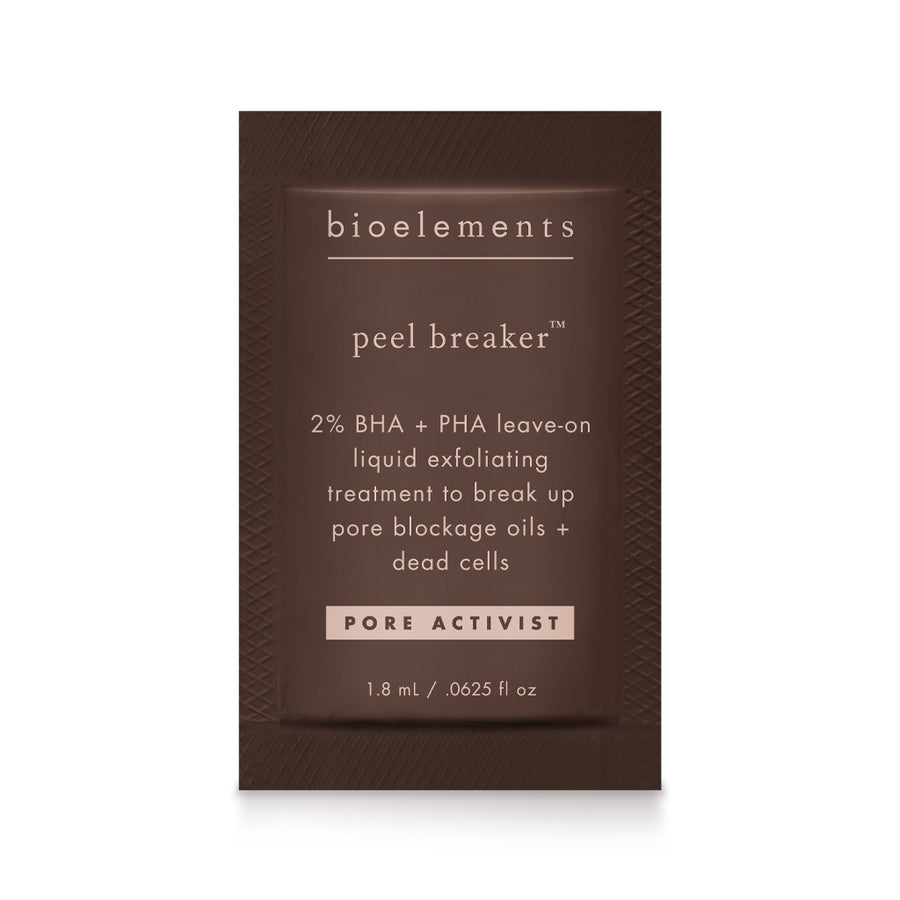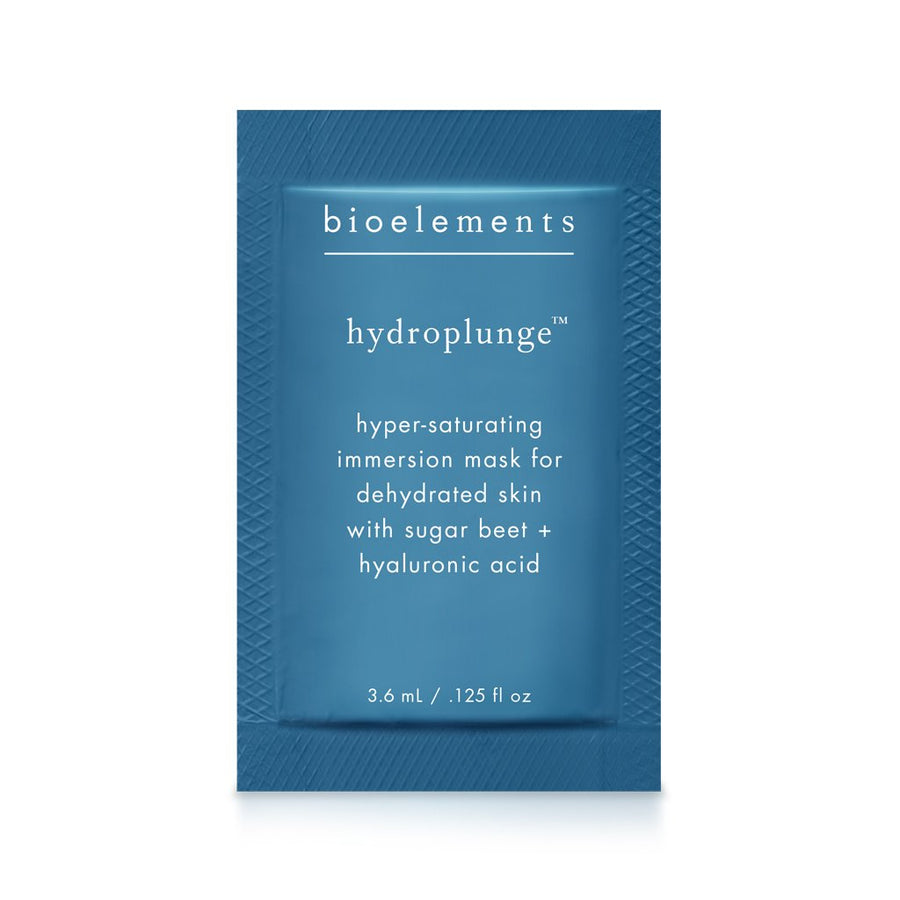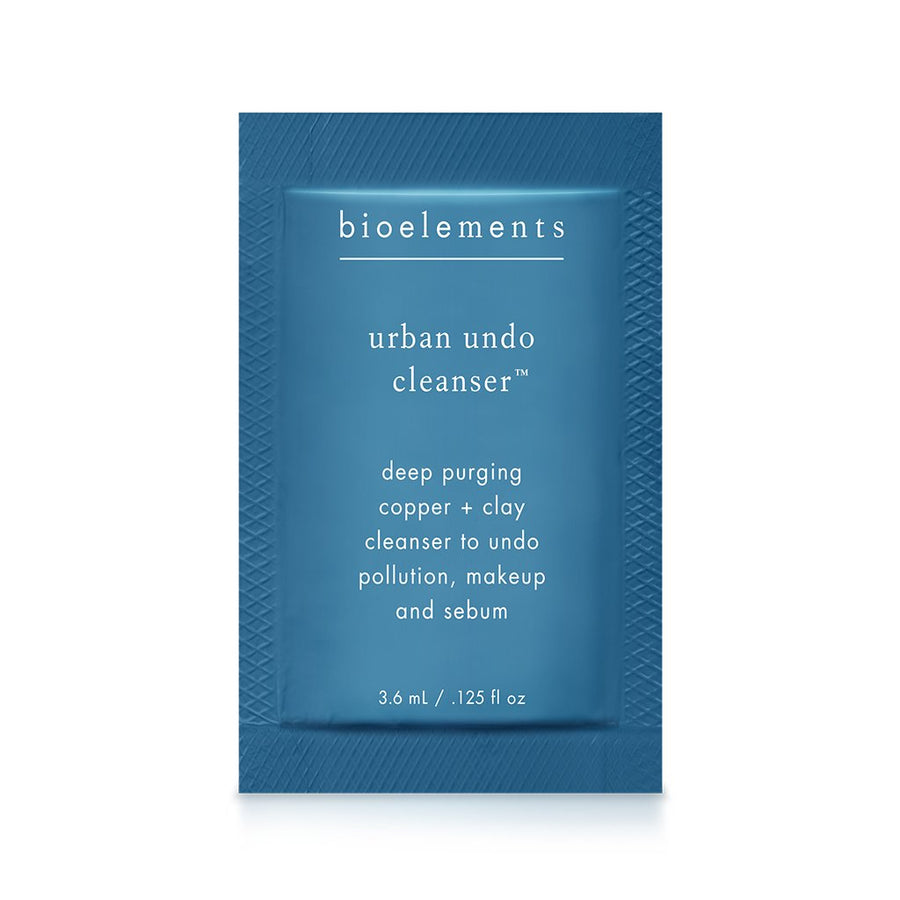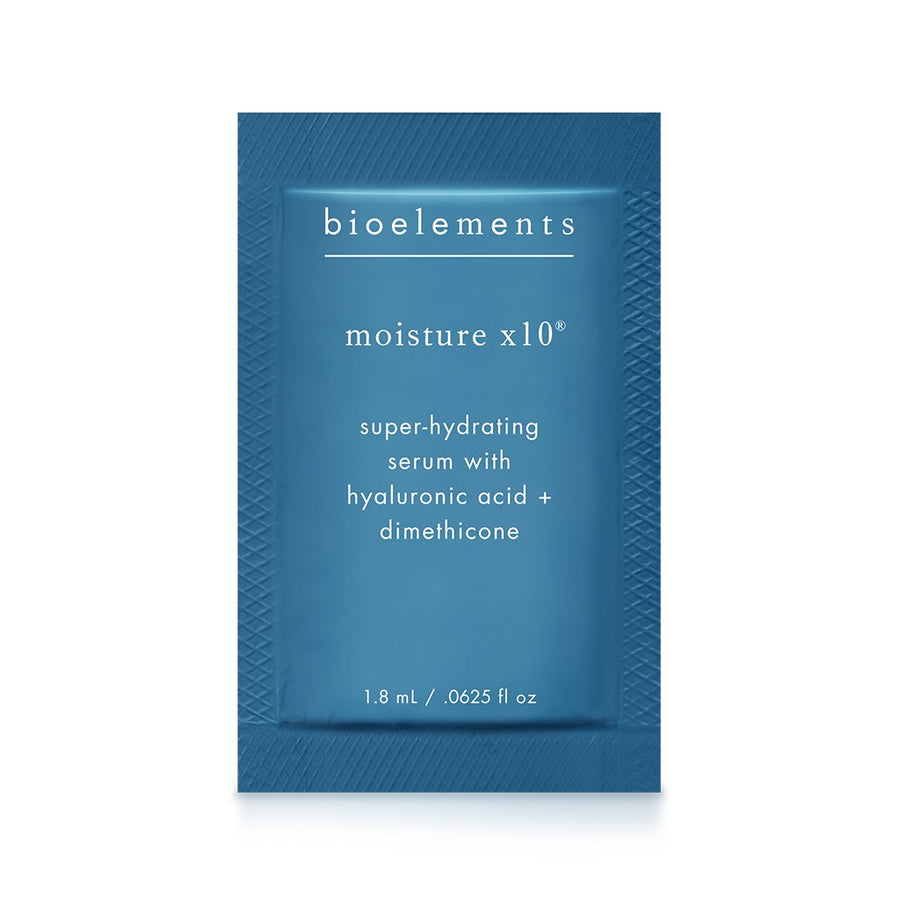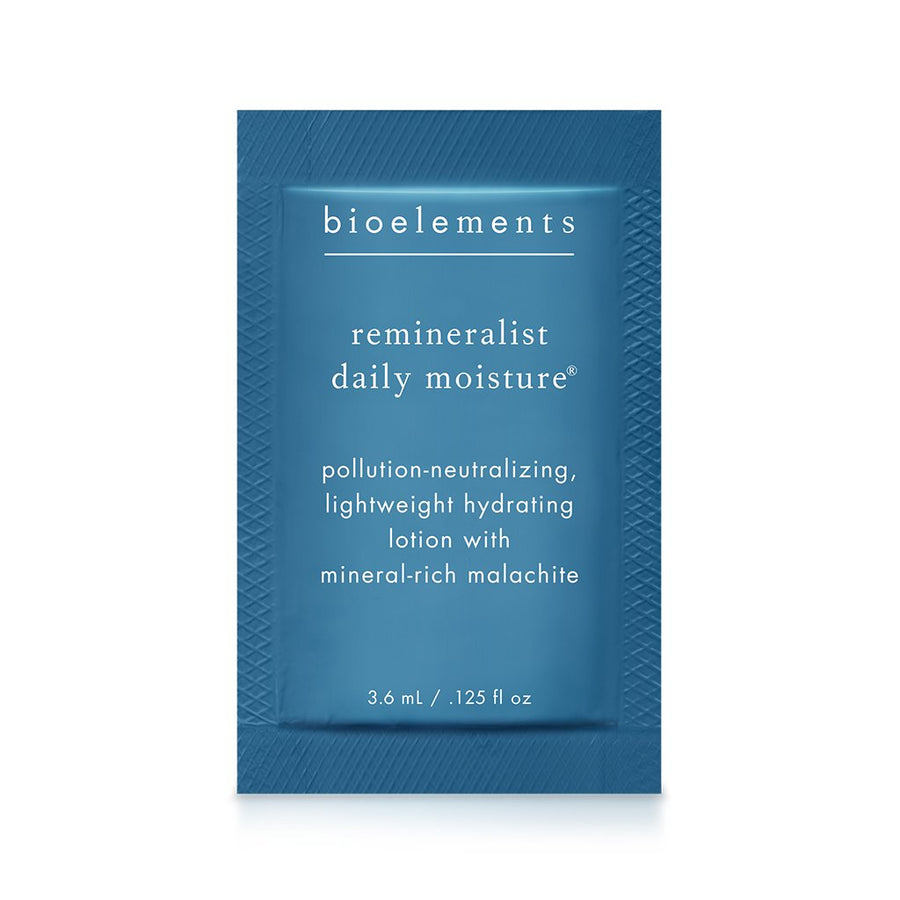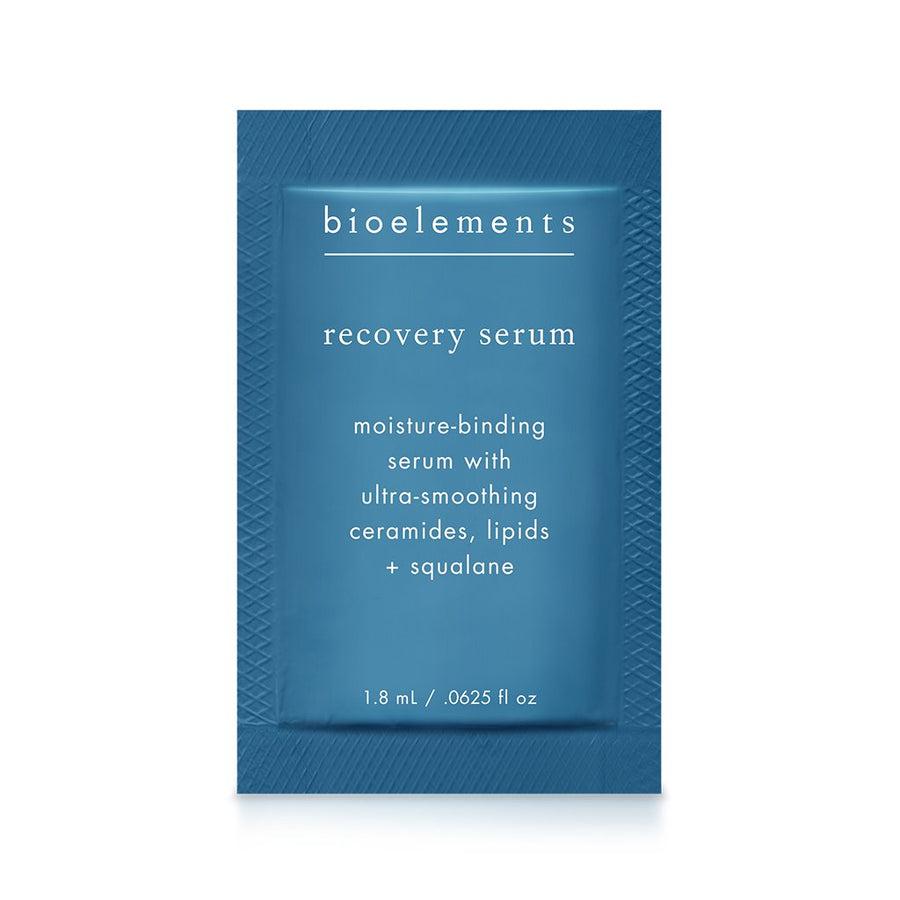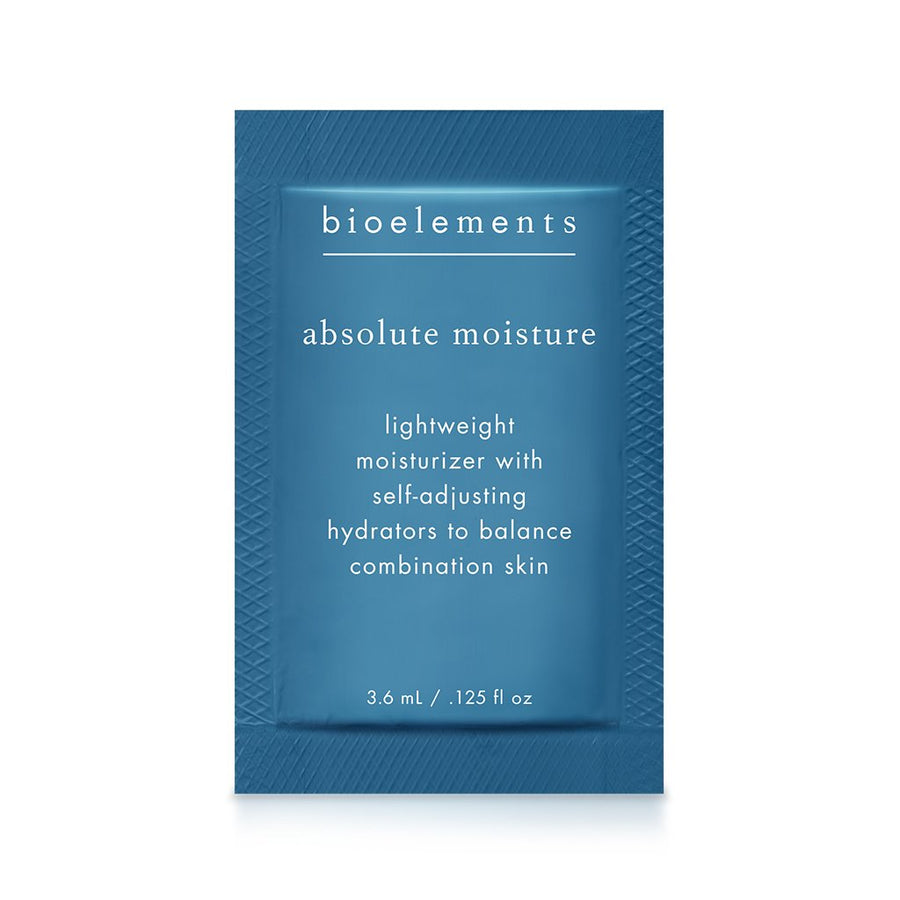Dark spots, age spots, liver spots – call them what you will, they all point to one thing: hyperpigmentation. While the appearance of spots can be frustrating, understanding their causes can be the first step toward effective prevention and treatment.
Sun exposure, hormonal shifts and skin inflammation all play significant roles in developing these unwelcome marks. Fall is a great time to get serious about treating them, especially after a summer of sun. The cooler, less UV-intense days are perfect for focusing on skin recovery.
What causes hyperpigmentation + dark spots?
When it comes to radiant skin, the sun often gets a bad rap – for good reason. While we all crave that enviable sun-kissed glow, too much exposure to UV rays can lead to more trouble than you might expect.
“Sun exposure is a primary culprit of hyperpigmentation,” explains Teresa Stenzel, esthetician and Bioelements Esthetics Insight Circle member. “When your skin encounters harmful UVA and UVB rays, it goes into protective mode. This defense mechanism involves ramping up melanin production – the pigment responsible for your skin’s color. However, this surge in melanin can sometimes lead to uneven patches, ranging in color from brown to subtle gray, red or pink.”
Don’t be fooled into thinking the sun is the only offender. Hormonal fluctuations, particularly during pregnancy, can also disrupt melanin production, resulting in those unwanted spots.
Additionally, any trauma to the skin, whether from an injury or inflammation, can trigger what’s known as post-inflammatory hyperpigmentation (PIH). This type of pigmentation appears as dark spots after the initial injury or inflammation has healed.
Is hyperpigmentation preventable?
Great news: yes! (well, most of the time.) So long as your hyperpigmentation isn’t caused by genetics, there are many ways to prevent these spots from forming on your face. If genetics are at play, it’s not impossible but trickier to keep spots at bay. There are several expert-approved steps you can take to reduce the risk of seeing spots:
- Be sunscreen savvy: Prolonged unprotected sun exposure can trigger and worsen hyperpigmentation. Use a broad-spectrum sunscreen with an SPF 30 or higher and avoid being in direct sunlight for prolonged periods. Reapply every two hours, and don’t forget those often-overlooked spots – your ears and neck need sun protection too!
- Wear protective clothing: Shield your skin from damaging sun rays with protective clothing – like long sleeves, wide-brimmed hats and sunglasses. These barriers help minimize direct UV exposure and further safeguard your complexion.
- Limit sun exposure: While enjoying the sun is tempting, moderation is key. Avoid peak sun hours, usually between 10 a.m. and 4 p.m., when UV rays are at their strongest. Remember, even on cloudy days or when indoors, UV rays can still sneak through, so keep up with that sunscreen!
- Avoid picking spots: It’s so tempting to reach for those spots, but resist the urge! Our hands and nails can harbor bacteria and dirt that can exacerbate skin issues. Picking at your skin not only increases the risk of scarring but can also lead to further pigmentation problems. Instead, treat your skin gently and let your products do the work.
What ingredients + formulas can I use to fade dark spots?
Prioritize natural ingredients over harsh bleaches or chemicals that can irritate your skin. Look for products containing beneficial components to help target dark spots effectively. Try these expert-recommended ingredients the next time you’re looking for a spot treatment:
-
Niacinamide: a skin-strengthening antioxidant vitamin B3 that helps improve the appearance of environmental damage, problem pores, uneven tone, lines, and dullness.
Formula to try: kerafole
- Ascorbyl Glucoside: a highly stabilized Vitamin C derivative with a prolonged release period to target melanin and improve the appearance of hyperpigmentation, wrinkles and roughness.
Formula to try: vc10 nightly bright -
Sodium Ascorbyl Phosphate: A stable sodium salt of ascorbic acid (Vitamin C) helps brighten skin by targeting melanin + damaging free radicals. Improves intensity of age spots and helps to increase the feel of firmness.
Formula to try: vc10 daily glow
Wondering when you’ll start seeing results? Dark spots are a form of skin damage, and their reversal takes time. Typically, spots a few shades darker than your natural skin tone can begin to fade within 6 to 12 months. However, if the discoloration is deeper – often appearing slate blue or gray – fading can take years.
“Regular microdermabrasion and chemical peels can help accelerate the healing process by removing dead skin cells and revealing fresh, new skin,” says Stenzel. “Consistent exfoliation is key – aim for an additional 2-3 times per week at home.”
Spots, albeit annoying, are typically harmless and nothing to worry about. However, if you notice a spot is black, increasing in size, has an irregular border, an unusual combination of colors, or is bleeding, it’s advised to have a doctor check it out to ensure there are no serious issues.
Sources: https://www.mayoclinic.org/diseases-conditions/age-spots/symptoms-causes/syc-20355859



